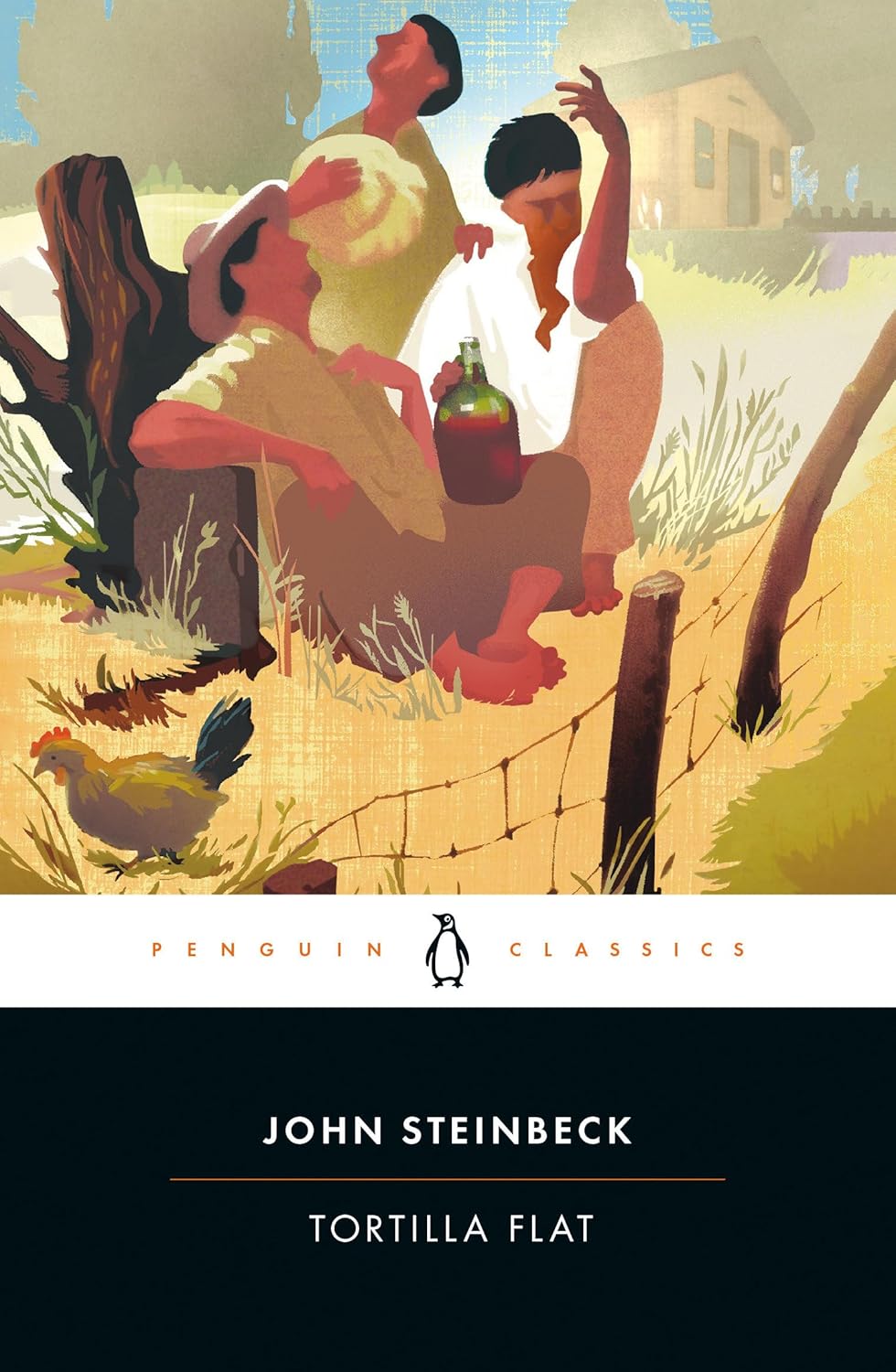
Cannery Row
Book Description
Amid the salty air and gritty charm of Cannery Row, a motley crew of dreamers, drifters, and hard-luck souls navigate the laughter and despair of life on the waterfront. Friendship and survival intertwine as the characters chase fleeting moments of joy and grapple with the weight of their struggles. In this vibrant tapestry of humanity, a struggling marine biologist seeks purpose, a mysterious woman captivates a devoted man, and a group of misfits strives for connection amidst chaos. Will they find redemption in a world that often feels unyielding? Discover the heartbeat of community and the resilience of the human spirit in this unforgettable tale.
Quick Book Summary
"Cannery Row" by John Steinbeck is a poignant portrayal of life in Depression-era Monterey, California. The novel centers on the inhabitants of Cannery Row, a vibrant waterfront district teeming with a diverse cast of outcasts, dreamers, and working-class souls. At the heart of the story is Doc, a gentle marine biologist, and Mack and his group of well-meaning but mischievous vagabonds. As they navigate daily struggles and moments of joy, the narrative explores the threads of friendship, resilience, loneliness, and generosity that tie the community together. Steinbeck crafts a rich tapestry of interconnected lives, inviting readers to witness both the harsh realities and unexpected warmth that define human existence. Through humor and heartache, "Cannery Row" celebrates the indomitable spirit and complexity of its unforgettable characters.
Summary of Key Ideas
Table of Contents
Community and Human Connection
Cannery Row’s setting is integral to its narrative, painting a vivid picture of 1930s Monterey, California—a world shaped by the sardine canning industry’s boom and bust. The area is filled with canneries, flophouses, and small businesses, inhabited by people who exist on society’s fringes. Central to this world are Doc, a sympathetic marine biologist, and Lee Chong, the practical yet kind-hearted grocer. Cannery Row is more than a place; it’s a microcosm of human experience, underscoring the importance of environment in shaping people’s lives.
The Struggles of the Marginalized
Among Cannery Row’s inhabitants, camaraderie flourishes amid hardship. The core of the narrative revolves around Doc, who is both admired and loved by the community. Mack and his group of drifters, though often causing chaos, continually seek ways to show appreciation for Doc’s quiet generosity. Their quest to throw him a party shows the depth and complexity of their devotion, despite their often comical failures. These connections reveal the strength and necessity of community in providing hope and support during tough times.
Acts of Kindness and Redemption
Steinbeck illuminates the struggles of marginalized characters—the poor, the lost, and the dreamers who find themselves on society’s edge. Dora Flood nurtures her brothel’s employees and contributes generously to the community, challenging prevailing moral judgments. Each character faces unique challenges—loneliness, addiction, lack of opportunity—but their resilience and humor carve meaning out of hardship. Steinbeck’s empathetic portrayal underlines the humanity inherent in even the most downtrodden.
Survival and Resilience
Kindness and redemption run throughout the novel, manifesting in small gestures. Doc’s unbiased compassion, Mack’s well-intentioned schemes, and the shared efforts of Cannery Row’s denizens suggest that goodness can thrive in unexpected places. However chaotic or unsuccessful their plans, these acts connect people and offer brief reprieves from difficulty. Steinbeck balances the comedic with the profound, showing how redemption comes not through grand gestures but through everyday acts of understanding and care.
Finding Beauty in the Everyday
Ultimately, "Cannery Row" finds beauty in the mundane rhythms of life. Steinbeck’s descriptive prose elevates simple scenes—collecting frogs, sharing meals, or enjoying music—into moments of quiet transcendence. Through the intertwined stories of the community, the novel becomes a meditation on resilience, the fleeting nature of happiness, and the enduring quest for meaning. In celebrating the ordinary, Steinbeck captures the extraordinary depth and spirit of Cannery Row’s inhabitants.
Download This Summary
Get a free PDF of this summary instantly — no email required.





